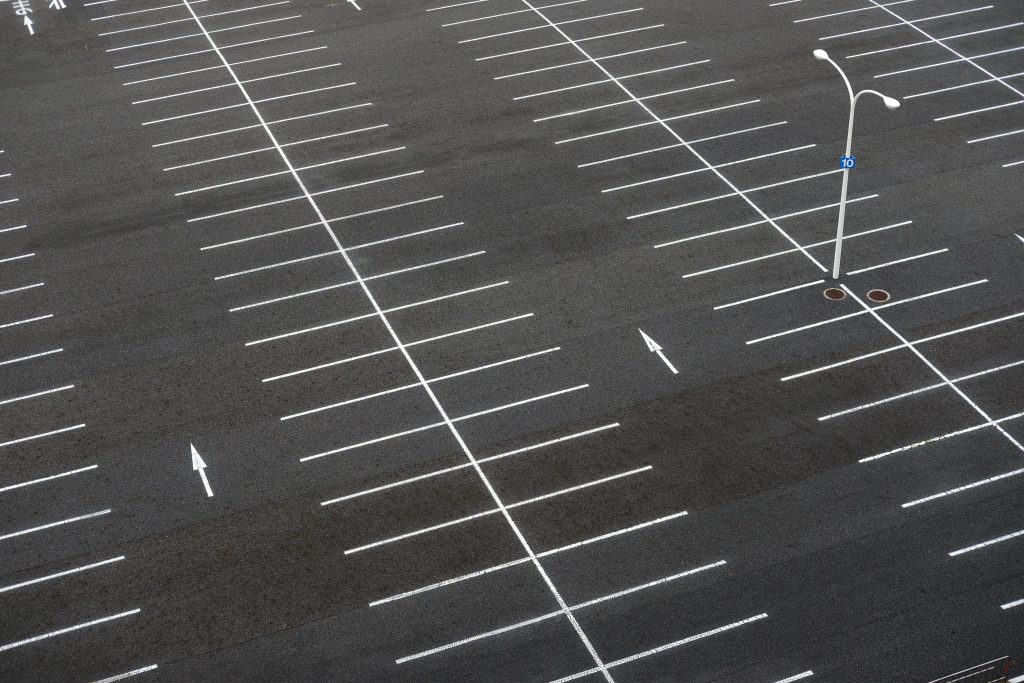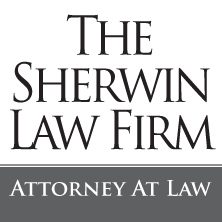Adverse Possession Defense

Earlier this month, I was successful in pursuing an adverse possession defense for one of my clients in Land Court. My client, who owned a commercial business with a parking lot, was sued by a nearby occupant, who claimed they had a permanent right to use my client’s parking area.
The Court agreed that the opposing party could not show the requirements for such a claim, and denied their request for a preliminary injunction. Had the other side won, my client would have had to open his parking lot for vehicular access, which would have put his business in jeopardy.
As I will discuss below, the claim in this case was actually for an easement by prescription, rather than adverse possession. However, because these causes of action are similar, and are both colloquially known as adverse possession, I’ll refer to the latter throughout this blog post.
Adverse Possession/Easement by Prescription
Adverse possession is a legal claim by which a trespasser can obtain full ownership of real property if they use it continuously for a period of twenty years or more. As I’ve discussed before, there are also several more requirements for such a claim, and a party pursuing such a matter is required to prove each of them.
Adverse possession claims often arise in boundary disputes, when a landowner discovers that the property they have been using is not part of their official boundary lines. If successful in such a case, the trespasser will obtain full ownership of the disputed property.
A claim for an easement by prescription is similar to adverse possession, but a claimant is not required to show exclusive use of the disputed property. Such claims are common for matters concerning access to property, such as a right to cross through another’s property to get to a waterfront or, as in this case, vehicular access.
Adverse Possession Defense
In an adverse possession claim, if any of the requirements “remain unproven or left in doubt”, the claim must fail. For this reason, a successful adverse possession defense attacks the viability of each element of the claim.
In this case, I focused heavily on the required twenty years of continuous, uninterrupted use that the opposing party needed to prove. The Court agreed that the opposing party failed to prove this element of their case because my client erected a barrier on his property, stopping the other party’s use of the property. Such an interruption was fatal to the other side’s claim.
Such a defense often requires some “detective work.” In this case, I needed to track down the prior contractor who erected this barrier and get him to sign an affidavit, as well as collect supporting photos and documents from others involved in this matter. The old saying, the “devil is in the details”, is spot on for these claims!
Final Thoughts
If you are involved in an adverse possession or easement by prescription, a proper defense is critical for protecting your property. Contact me for a consultation to learn what must be done in one of these matters.
